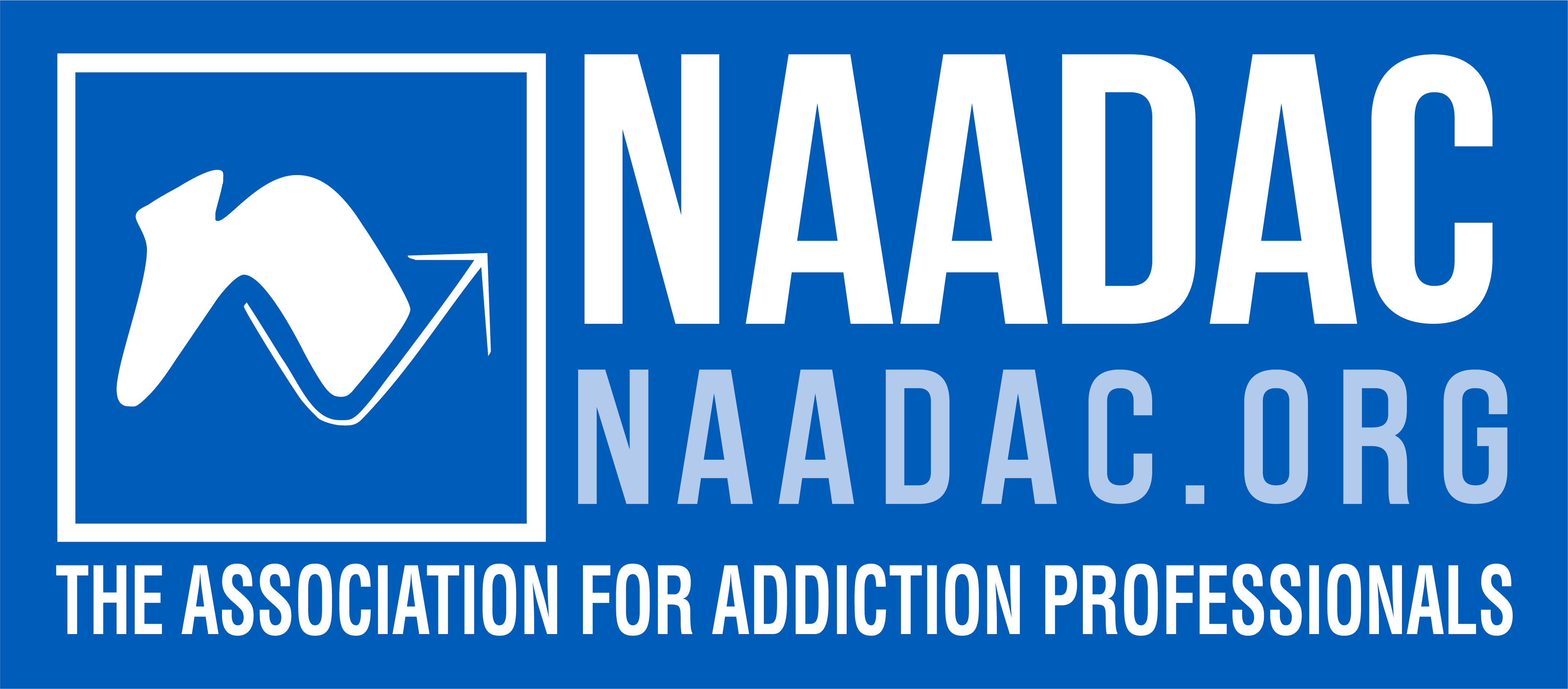The Waismann Method represents a leading edge in opioid withdrawal treatment, embodying a fusion of innovation and empathy. This method distinguishes itself through a distinct set of benefits, crafted to enhance the recovery journey for individuals grappling with dependency on both short-acting and long-acting opiates.
Medically Assisted Opiate Withdrawal Treatment Protocol
At the core of the Waismann Method’s success in treating Opioid Use Disorder is its commitment to a personalized approach. Our experienced team is adept at identifying the specific challenges associated with various types of opiates. By customizing treatment plans to meet the individual needs of each patient, we deliver a focused and effective pathway towards recovery, ensuring that every aspect of the withdrawal process is addressed with precision and care.
Advanced Rapid Detoxification Process
A cornerstone of our method is the advanced rapid detoxification process performed under sedation. This cutting-edge technique is designed to significantly reduce the duration of the withdrawal process while also alleviating the associated discomfort. Administered by highly skilled professionals, this procedure underscores our dedication to combining medical excellence with compassionate care. It provides a swift and less distressing detoxification experience, marking a significant advancement in the field of addiction treatment and recovery.
Through these innovative approaches, the Waismann Method offers a comprehensive and humane solution to overcoming opioid dependence, setting a new standard in the treatment landscape.
Waismann Method Medically Supervised Opioid Withdrawal
Waismann Method stands as a benchmark in medically supervised opioid withdrawal, highlighting excellence and safety. Our deep commitment to medical expertise and precise interventions ensures a secure and effective path for those facing opioid withdrawal challenges.
- Unmatched Medical Expertise
At Waismann Method’s core is a team of exceptional medical professionals. Their experience, knowledge, and empathy drive our success, providing tailored support and guidance. This team is committed to each patient’s safety, well-being, and recovery, crafting personalized care plans. This focused attention enhances withdrawal process effectiveness and boosts patient comfort and confidence during recovery.
Waismann Method offers a clear advantage in opioid detoxification, promoting a rapid and comfortable recovery. Our approach ensures a compassionate, efficient journey back to life, free from opioid dependence, with the highest medical care and support standards.
- Targeted Opioid Receptor Blockade
Dive into the intricate workings of the Waismann Method’s targeted opioid receptor blockade. Understand how our use of antagonist medications strategically blocks receptor sites, eliminating physical cravings and expediting the recovery of the nervous system. This targeted approach minimizes discomfort and accelerates the path to a drug-free state, fostering a more comfortable and efficient recovery.
Personalized Recovery Plans
Recognizing the diversity of challenges associated with short-acting and long-acting opiates, the Waismann Method takes pride in crafting personalized recovery plans. Learn how our dedicated team tailors each plan to address the specific nuances of an individual’s journey, acknowledging the uniqueness of each path to recovery.
Navigating the complex terrain of opiate withdrawal requires not only resilience but also a guiding light of compassion and innovation. The Waismann Method offers precisely that – a compassionate and tailored approach, ensuring relief from the challenges posed by short-acting and long-acting opiate withdrawal. With the right support and information, a smoother recovery becomes not just a possibility but a reality.
 Speak to a Rapid Detox Specialist Today!
Speak to a Rapid Detox Specialist Today!


 Speak to a Rapid Detox Specialist Today!
Speak to a Rapid Detox Specialist Today!










